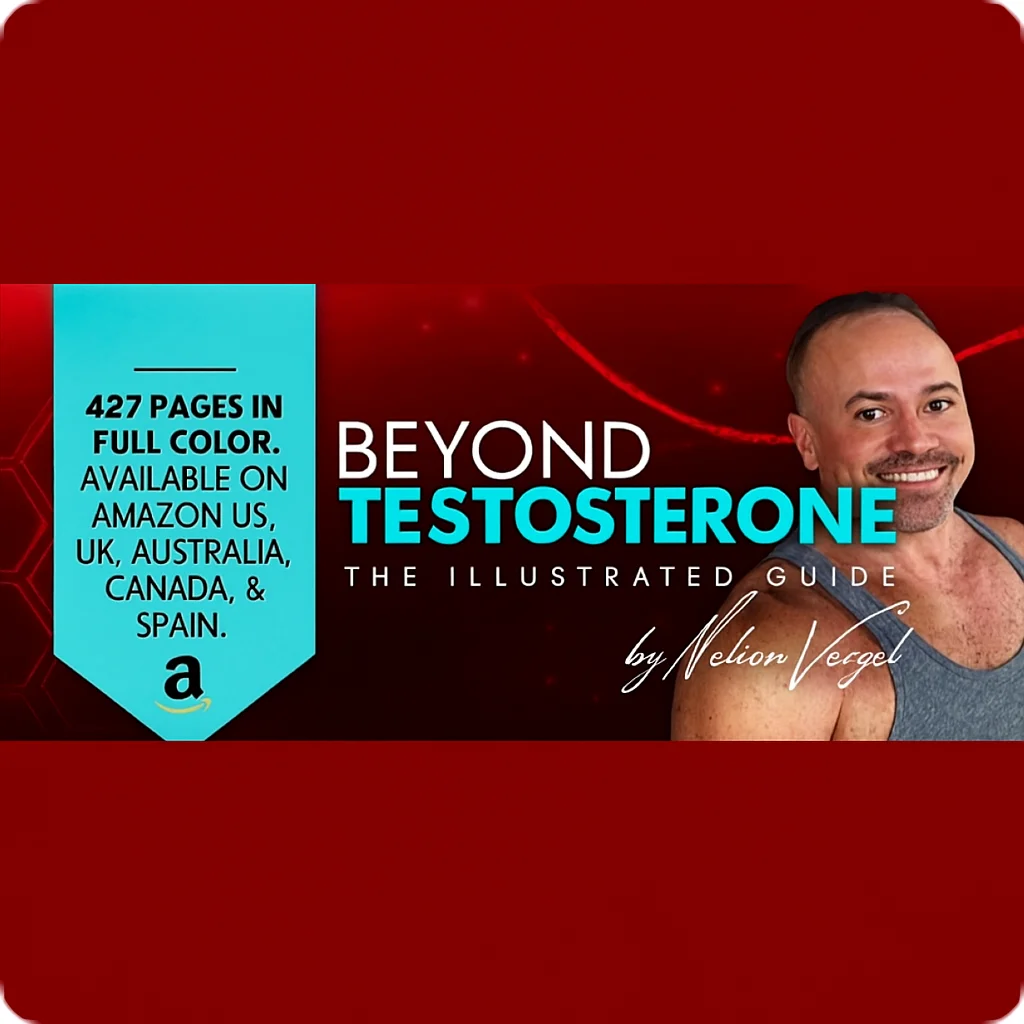Focal Therapy Options for Prostate Cancer
Host: Jay D. Raman, MD, FACS, FRCS(Glasg)
Guest: Ruben Olivares, MD
Outline:
Segment
1: Why Focal Therapy?Segment
2: Patient selection for Focal Therapy Segment
3: Review of Existing Focal Therapy Modalities Segment
4: How to Build a Successful Focal Therapy Program
Here are the key takeaways from the podcast transcript on focal therapy options for prostate cancer:
- Focal Therapy Rationale: The discussion emphasizes the rationale for focal therapy in prostate cancer, specifically focusing on providing a treatment option that balances the risks of overtreatment and undertreatment. This approach targets specific areas of cancer within the prostate, avoiding the removal of the entire gland.
- Technological Advancements: Advances in imaging and biopsy techniques, particularly MRI and fusion biopsies, have greatly improved the identification and treatment of clinically significant prostate cancer lesions.
- Patient Selection and Treatment Strategy: The ideal candidate for focal therapy typically has localized, unilateral, clinically significant prostate cancer. The placement of the cancer, its proximity to critical structures like nerves, and the overall volume of the affected area are crucial in deciding if focal therapy is suitable.
- Energy Sources and Techniques: Various energy sources and techniques are used for focal therapy, including high-intensity focused ultrasound (HIFU) and cryotherapy. Each method has its advantages and limitations, influencing their application based on the cancer's characteristics and location within the prostate.
- Guidelines and Clinical Practice: There is not yet a consensus among major guidelines (like AUA, NCCN) regarding the routine use of focal therapy. It is often recommended within the context of clinical trials or registries to gather more comprehensive data.
- Role of AI and Biomarkers: AI and biomarkers are seen as potential tools to enhance the precision of prostate cancer management, from diagnosis to post-treatment monitoring. However, their roles are still being defined within clinical settings.
- Outcomes and Follow-up: Post-treatment monitoring involves PSA levels, imaging, and biopsy to assess the effectiveness of the therapy. Stability in PSA levels post-treatment is a positive sign, while any increase might indicate a need for additional intervention.
- Challenges in Adoption and Research: The podcast highlights the challenges in adopting focal therapy widely, such as varying patient outcomes and the need for more randomized control trials to establish its efficacy and safety compared to traditional treatments like radical prostatectomy.
Last edited by a moderator:












